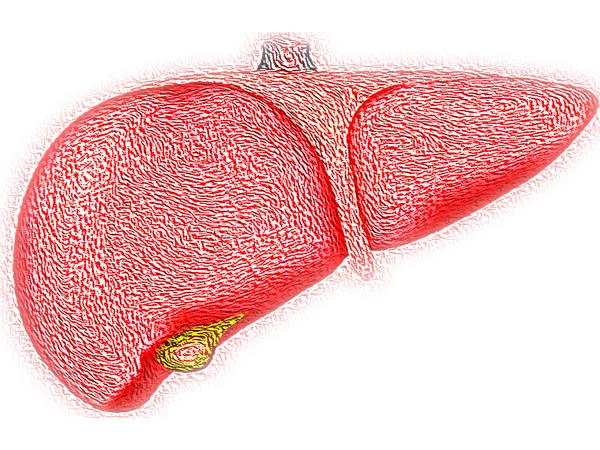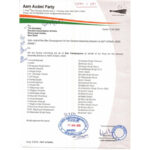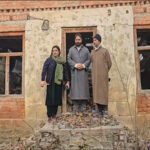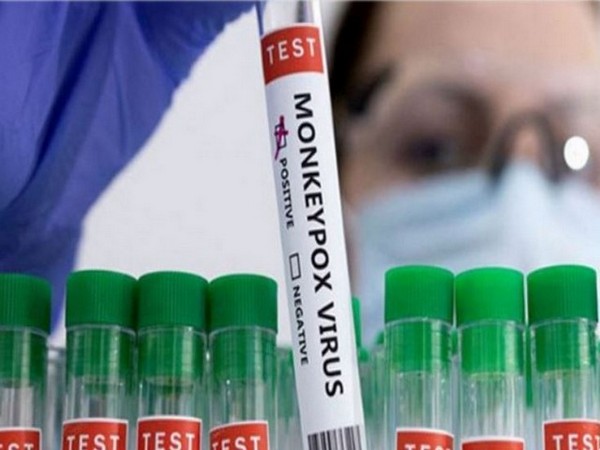
San Diego [US], November 28 (ANI): Nonalcoholic fatty liver disease (NAFLD), a catch-all term for a number of liver conditions affecting people who drink little to no alcohol, affects about one-fourth of the general population globally. Cirrhosis, liver cancer, and liver failure can all result from NAFLD.
In a recent study, scientists from the University of California San Diego School of Medicine discovered that first-degree relatives of people with NAFLD who have advanced fibrosis are 15 per cent more likely to get the disease themselves.
The findings highlight the value of early screening of both siblings and offspring of patients with NAFLD. They were published in the online edition of the Journal of Clinical Investigation. “Until now, first-degree relatives accompanying their loved ones with liver disease for medical treatment didn’t know they were at a greater risk of developing advanced fibrosis themselves,” said Rohit Loomba, MD, the study’s first author, professor in the Division of Gastroenterology at UC San Diego School of Medicine and director of hepatology at UC San Diego Health.
“Liver disease is a silent killer. Most people don’t know they have a liver problem until it’s advanced and they develop cirrhosis because there are no obvious symptoms.”
According to Loomba, the study’s findings could play a key role in early detection. “Our goal and mission are to identify patients who have more advanced liver problems earlier, and non-invasively, to prevent the progression to cirrhosis,” said Loomba, director of UC San Diego School of Medicine’s NAFLD Research Center.
The complex metabolic disease NAFLD has risk factors from both the environment and the genes. Recent research has shown that advanced fibrosis may cluster within the same families and that NAFLD and NAFLD-related liver fibrosis are inherited.
Nearly 400 first-degree relatives from two separate cohorts in the United States and Finland participated in the study. Magnetic resonance elastography and other noninvasive imaging modalities were used to assess liver fibrosis.
The findings have provided scientists with the data they need to advise routine testing for advanced fibrosis among first-degree relatives of cirrhotic or advanced fibrotic patients. “Siblings and offspring of patients should be evaluated around age 40 or 50,” said Loomba. “Our findings could change the standard of care for this high-risk population.”
Loomba added that educating first-degree relatives about risk factors, including excessive drinking, weight gain and a sedentary lifestyle are also crucial. “Many liver disease-related genes modify based upon a person’s lifestyle and what they eat. That means first-degree relatives can help prevent developing advanced fibrosis if they are aware of the risk and willing to make lifestyle modifications,” Loomba said. “Patients should be informed of what their risk is because then they are more likely to change their behaviour and lifestyle.”
Looking ahead, Loomba said the next step will be to determine genetic factors within families that increase the risk of NAFLD to identify and treat patients earlier. (ANI)


















